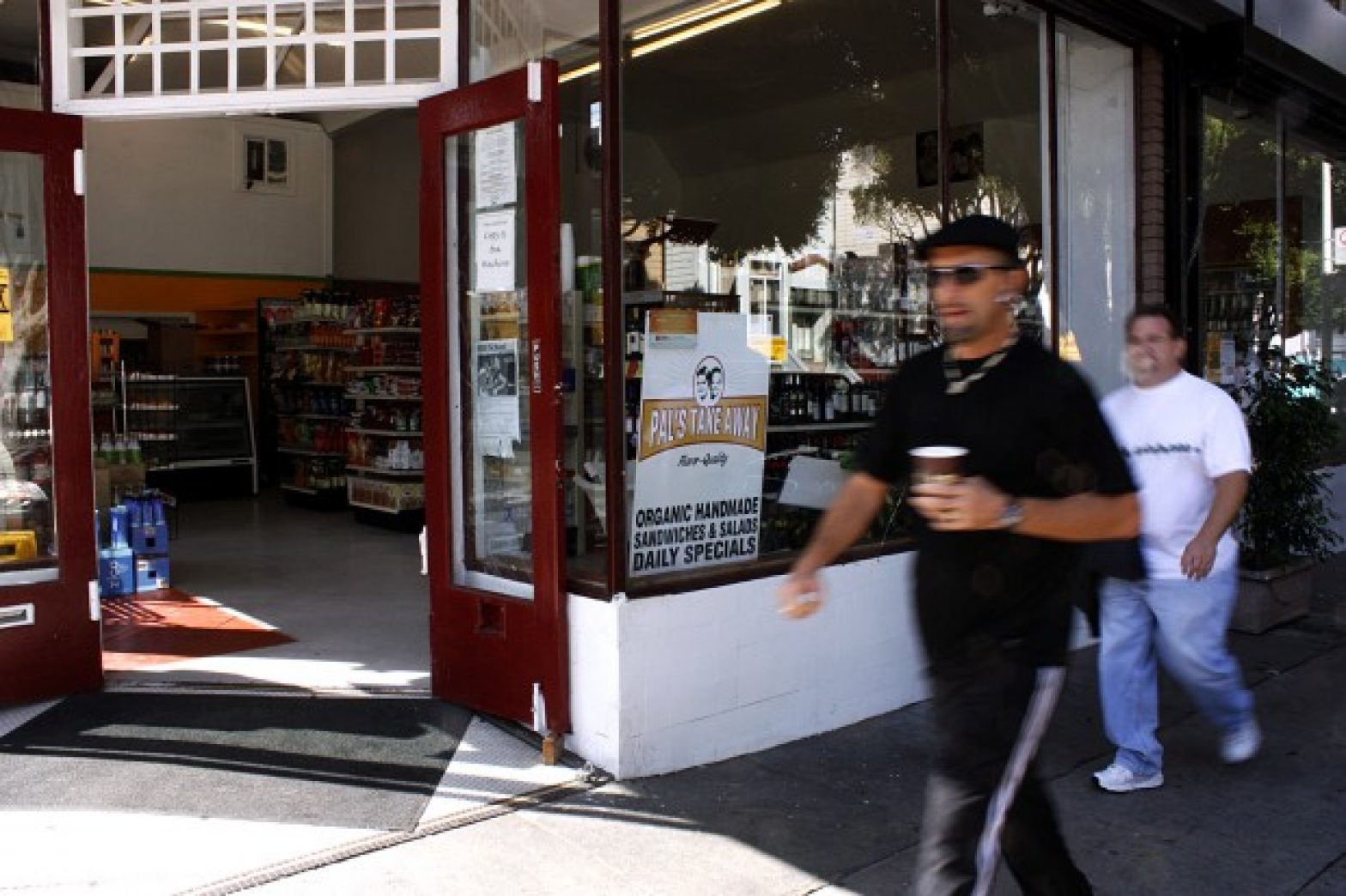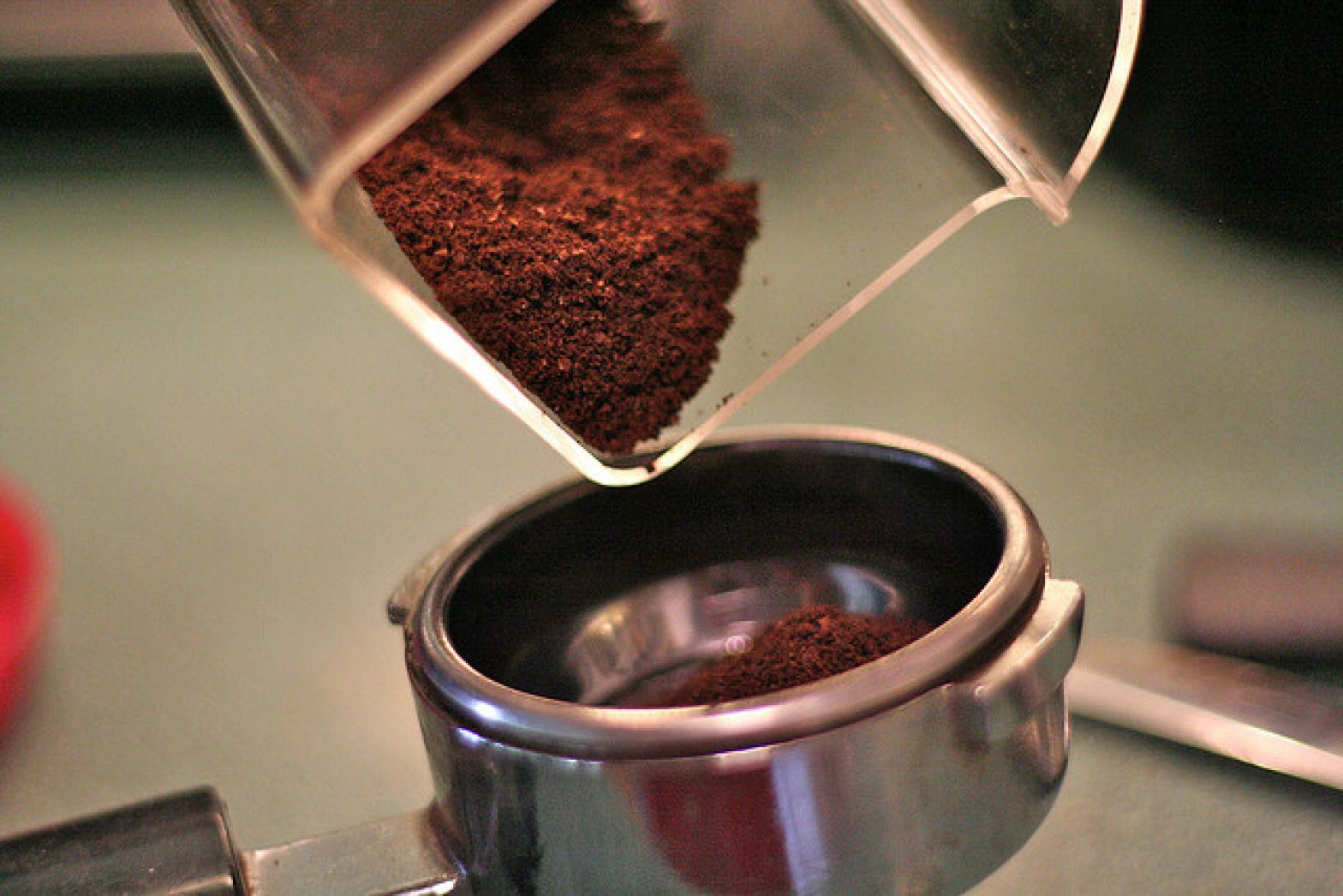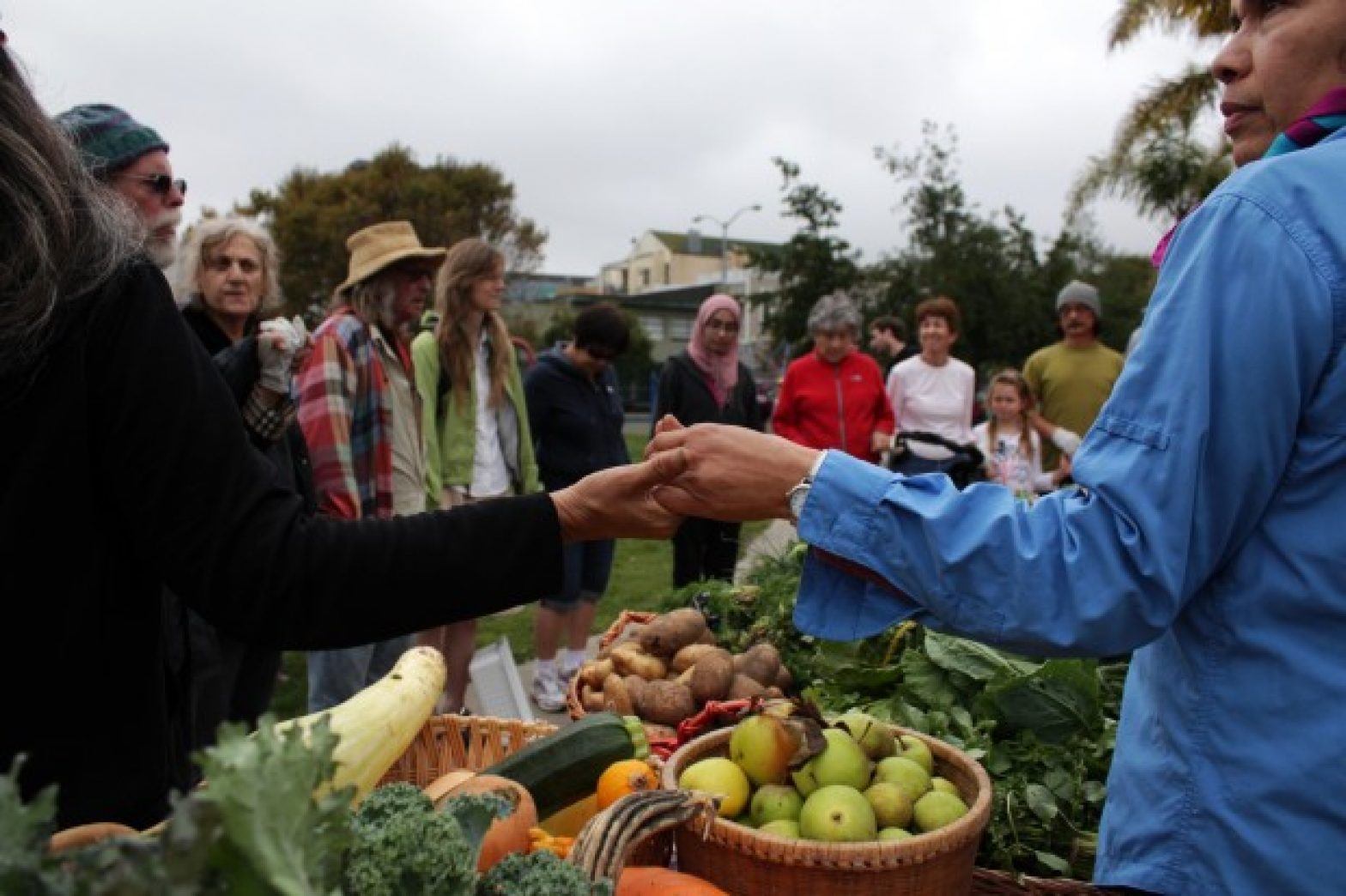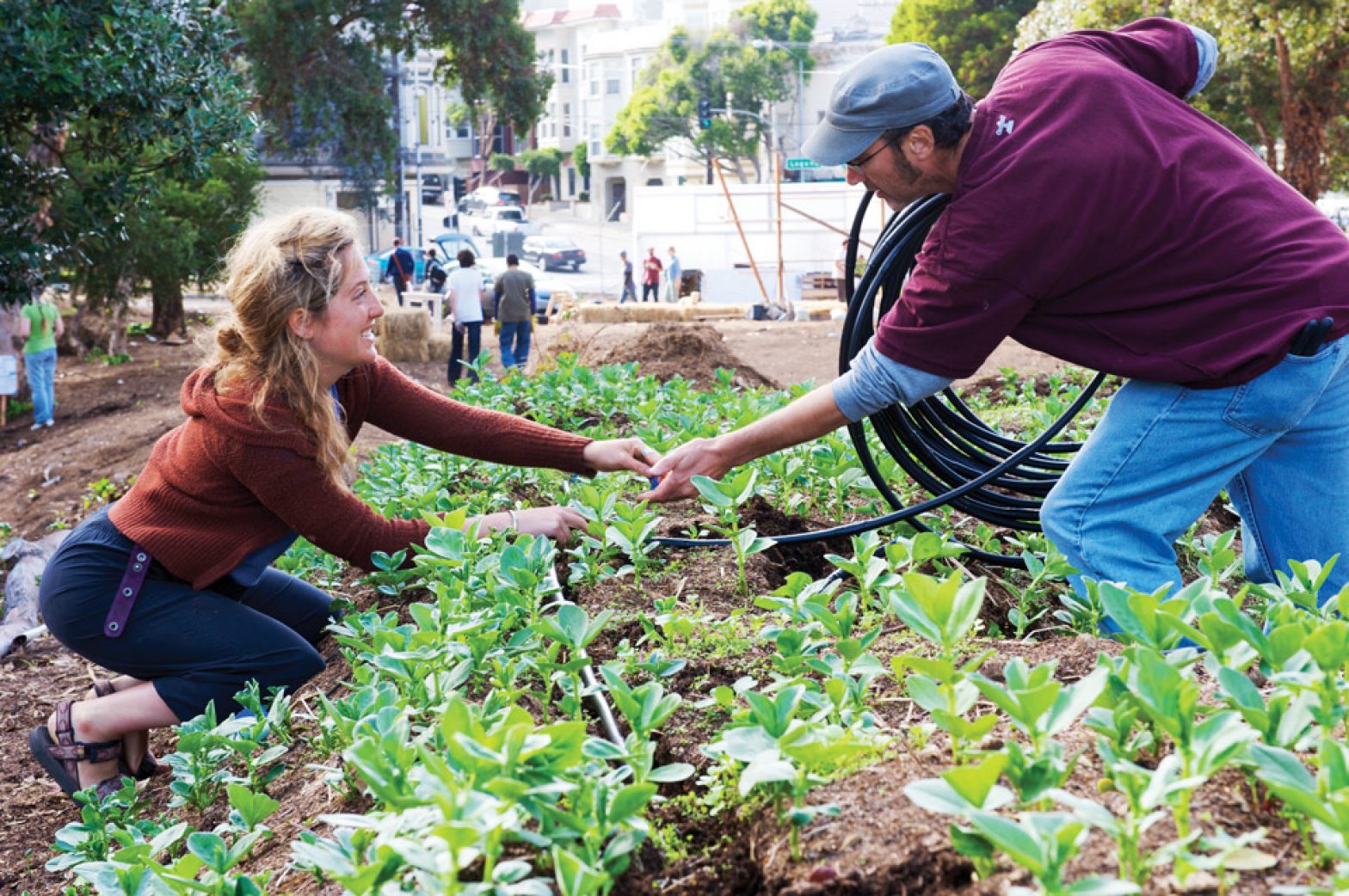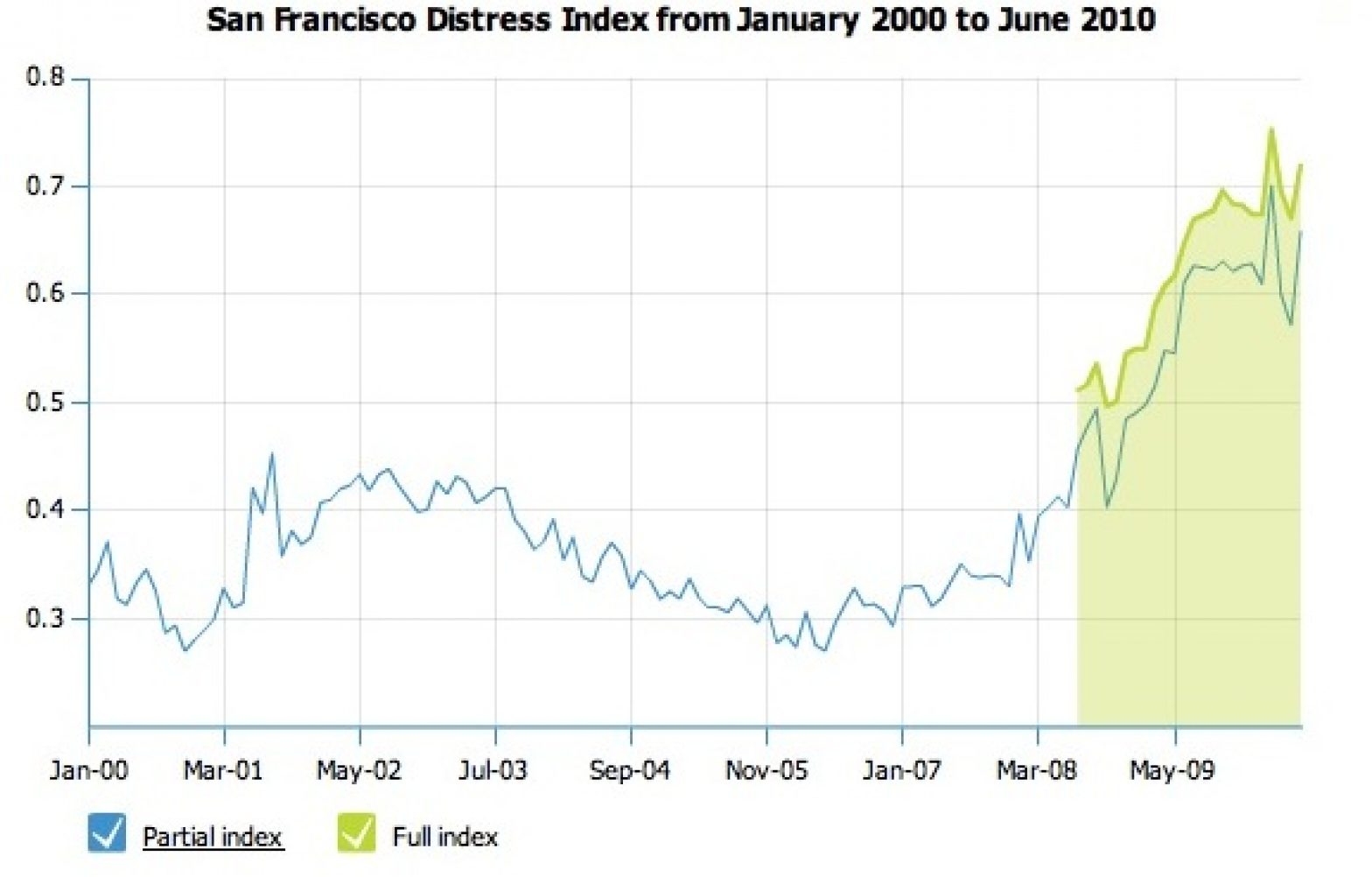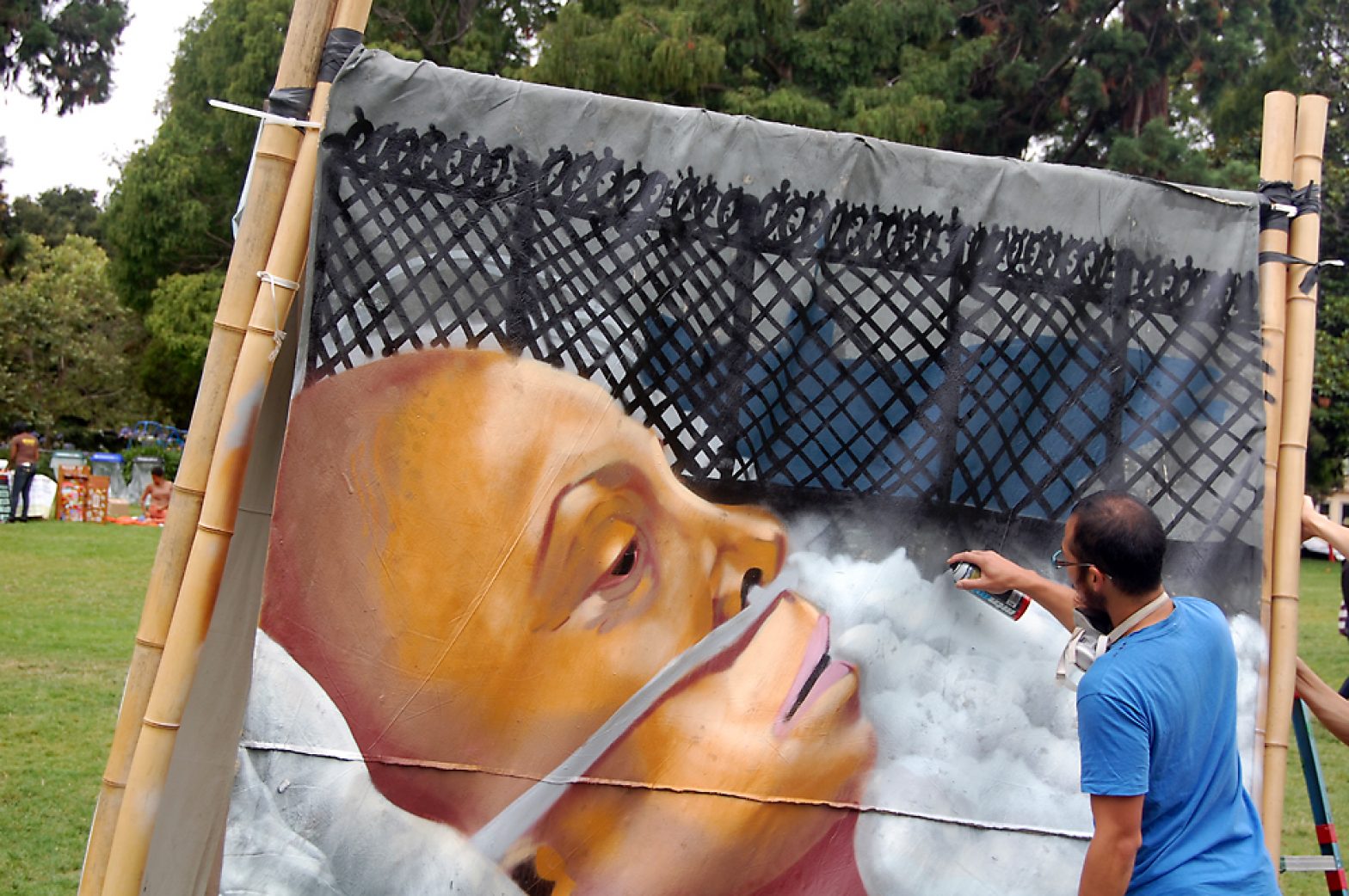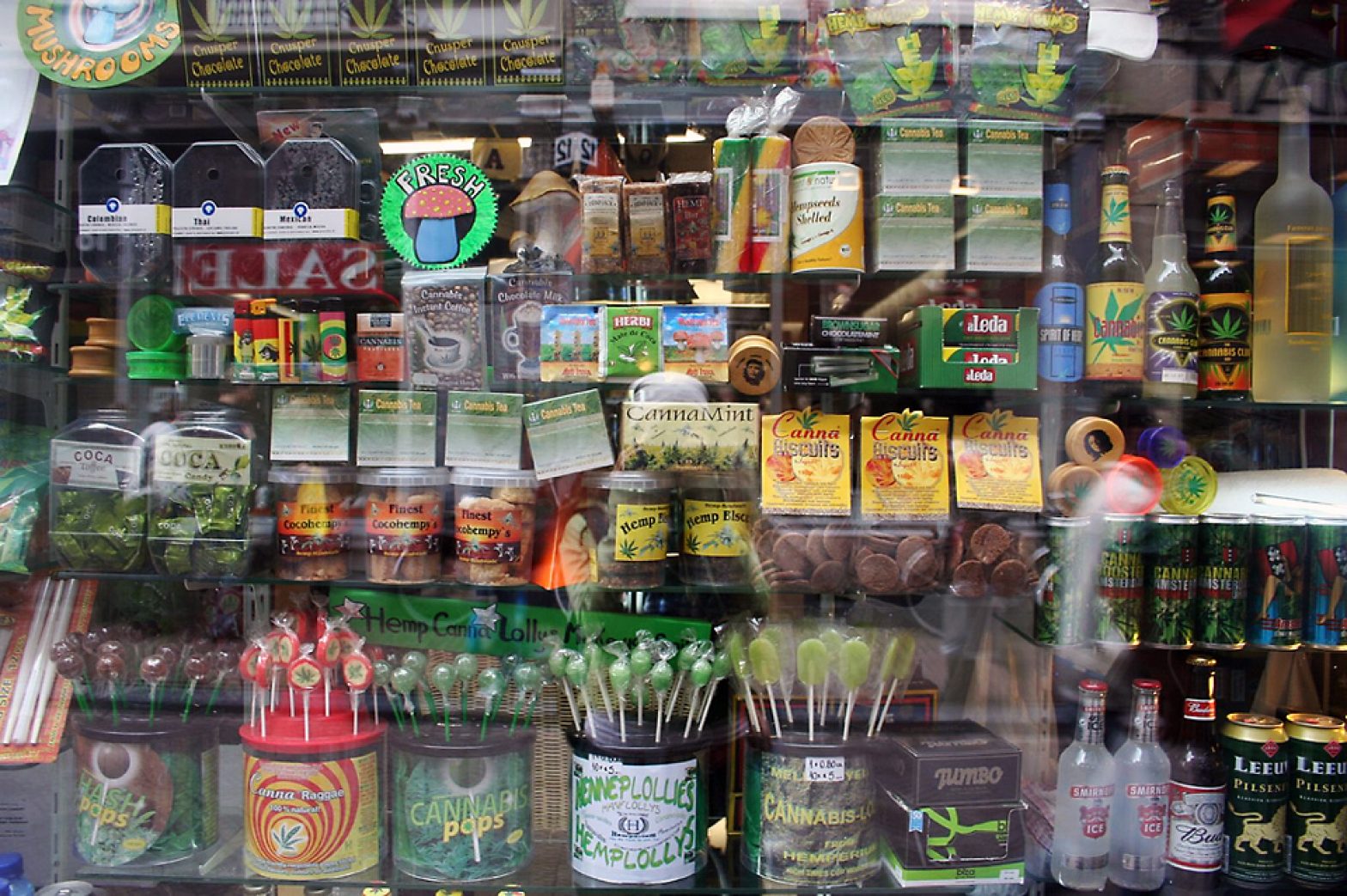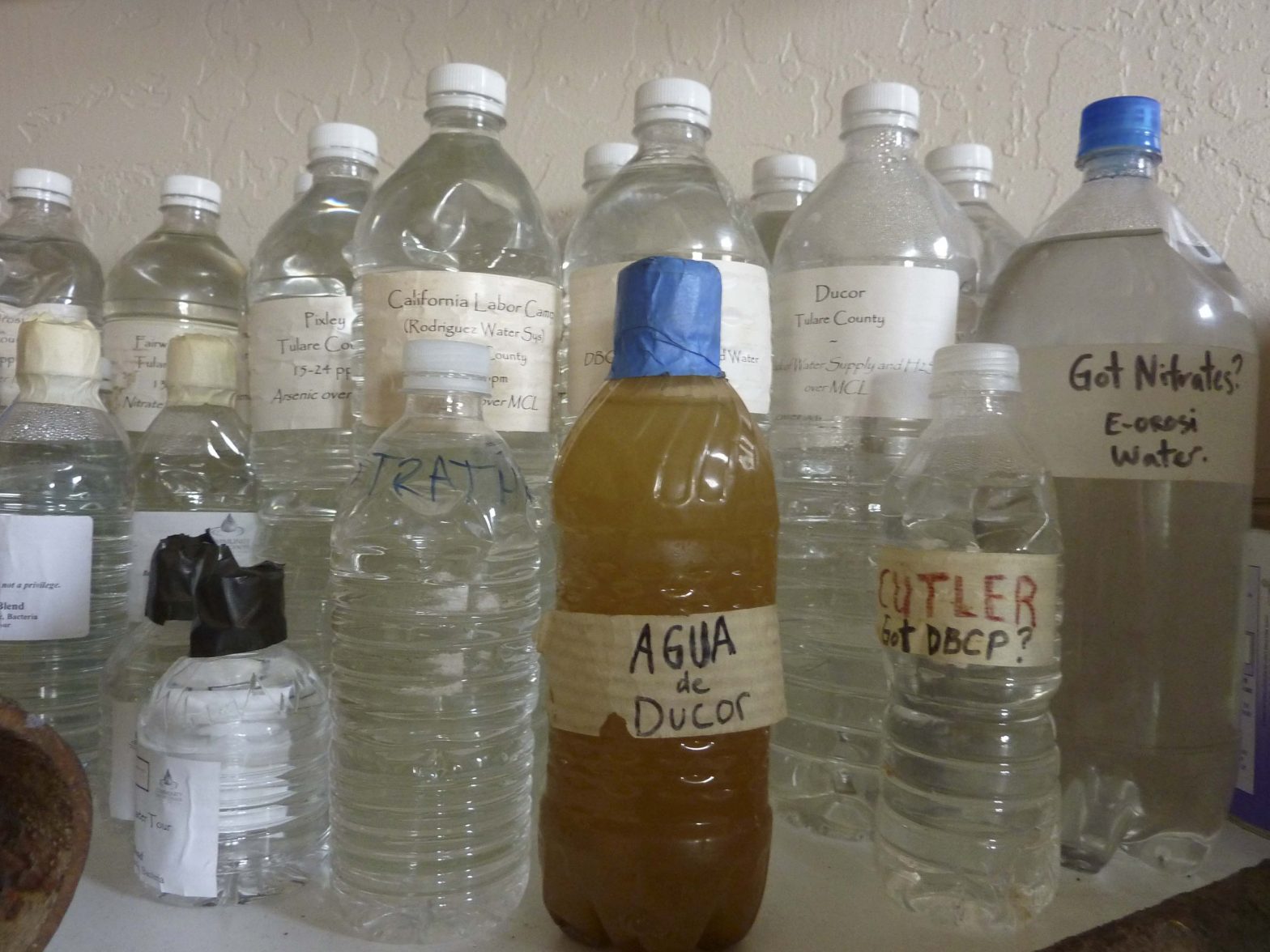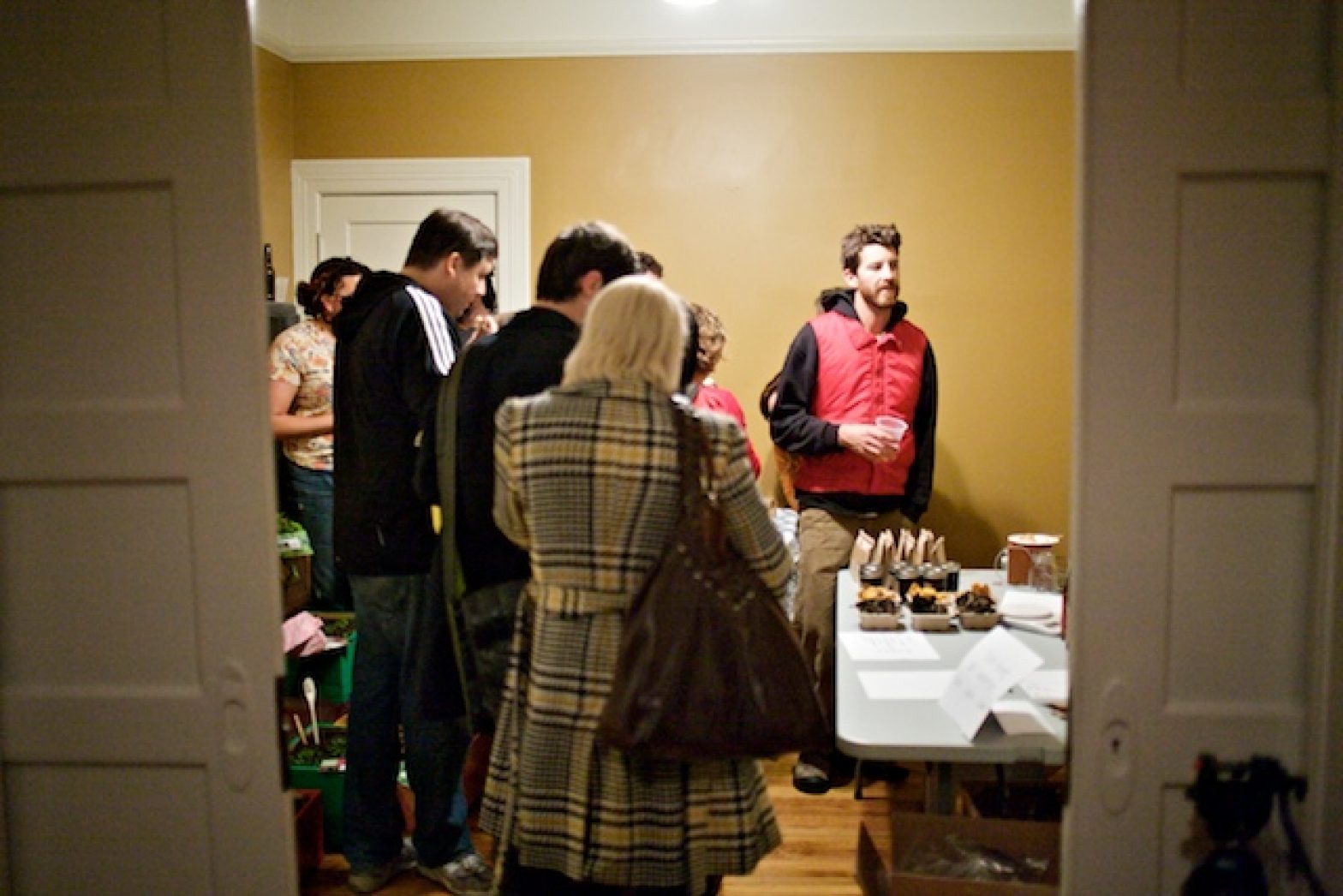Community
Change starts at neighborhood corner store
Cookies, sandwiches, salads: Every afternoon, neighbors and visitors stop at Tony’s Market at 24th and Hampshire to buy food or pick up lunch at Pal’s Takeaway, inside the store. Only a few years ago, Kassa Mehari, the store’s owner, sold mostly liquor. But three years ago, as the street was developing, Mehari decided it was time for the store to change.
